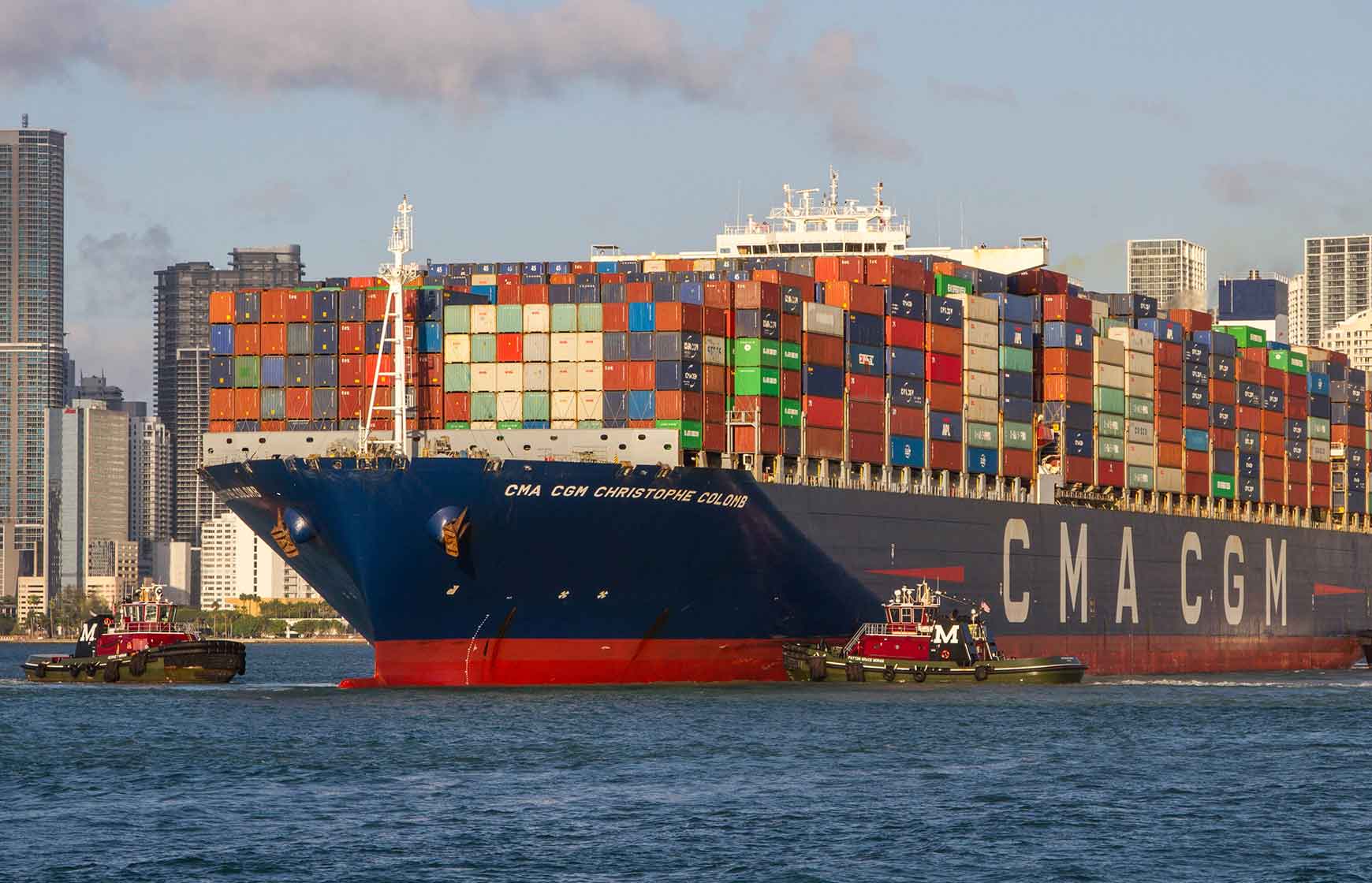
23/04/21
South Florida Container Terminal ready for gateway growth
- Port modernization investment paves way for future supply chains.
- Port/airport/free trade zone offers integrated logistics.
 Mark Baker, Director of SFCT said “We’ve designed the terminal to help logistics flow smoother to Florida customers while being quieter, cleaner and safer for our Labor partners and neighboring communities. We can handle more cargo in a smaller footprint while still serving larger ships with our 50’ depth and electric gantry cranes. Our new fleet of rubber tire gantry (RTG) cranes represents the first container terminal in the US with a 100% electric fleet with zero emissions in the container yard.”
Mark Baker, Director of SFCT said “We’ve designed the terminal to help logistics flow smoother to Florida customers while being quieter, cleaner and safer for our Labor partners and neighboring communities. We can handle more cargo in a smaller footprint while still serving larger ships with our 50’ depth and electric gantry cranes. Our new fleet of rubber tire gantry (RTG) cranes represents the first container terminal in the US with a 100% electric fleet with zero emissions in the container yard.” New, touchless gate kiosks were added in 2020 to improve the trucker experience. Truckers now enter and exit through weigh-in-motion scales that safely process their cargo information and keeps them moving safely and efficiently through the terminal.
The SFCT modernization project aligns with Port Miami’s master plan who is financing $38 million in port infrastructure improvements.
SFCT’s new capabilities were successfully tested on larger ships on April 6th when the 15,052 TEU CMA CGM Argentina arrived and on March 16th when the 13,344 TEU CMA CGM Christophe Columb arrived as part of the newly upgraded container terminal’s appeal to global supply chains.
Miami is the first port of call for Florida-bound cargo from Latin America and Asia. The port is the closest US port to the Panama Canal and ideal for Latin America connections with close proximity to the Miami International Airport – for sea-air business and the Greater Miami Free Trade Zone. The Miami Customs District is one of the ten largest in the U.S., with total trade through its airports and seaports exceeding $100 billion annually. Melinda Damico, Head of Growth for Maersk Customs Services, USA said “We see growth in the Florida market with everything from fresh and frozen food products to high fashion and luxury goods. This is an important gateway market for a wide range of important consumer goods.”